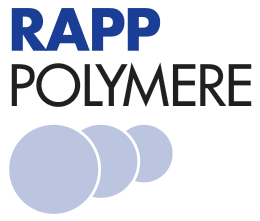€ 115,00*
H75150.033023.1G
Product information
This resin type is based on a polystyrene matrix and combines the very acid sensitive trityl handle with the acid sensitive Rink amide handle. The peptide synthesis can be performed by standard conditions. Treatment of the TOPPA resin with diluted AcOH, TFE or mixtures of both in dichloromethane cleaves the trityl ester bond and releases the total protected peptide amide (TOPPA). The C-terminus of the protected peptide amide is still masked by the Rink handle.
Literature
L 50 Total Protected Peptide Amides
- Backes, B. J.; Ellman, J. A. Carbon-Carbon Bond-Forming Methods on Solid Support. Utilization of Kenner’s “Safety-Catch” Linker. J. Am. Chem. Soc. 1994, 116 (24), 11171-11172. doi: 10.1021/ja00103a048.
- Holmes, C. P.; Jones, D. G. Reagents for Combinatorial Organic Synthesis: Development of a New o-Nitrobenzyl Photolabile Linker for Solid Phase Synthesis. J. Org. Chem. 1995, 60 (8), 2318-2319. doi: 10.1021/jo00113a004.
- Sieber, P. A New Acid-Labile Anchor Group for the Solid-Phase Synthesis of C-Terminal Peptide Amides by the Fmoc Method. Tetrahedron Lett. 1987, 28 (19), 2107-2110. doi: 10.1016/s0040-4039(00)96055-6.
- Gatos, D., & Tzavara, C. Comparison of the solid-phase fragment condensation and phase-change approaches in the synthesis of salmon I calcitonin. The Journal of Peptide Research. 2001, 57(2), 168–174. doi:10.1046/j.1397-002x.2000.00000_1.

